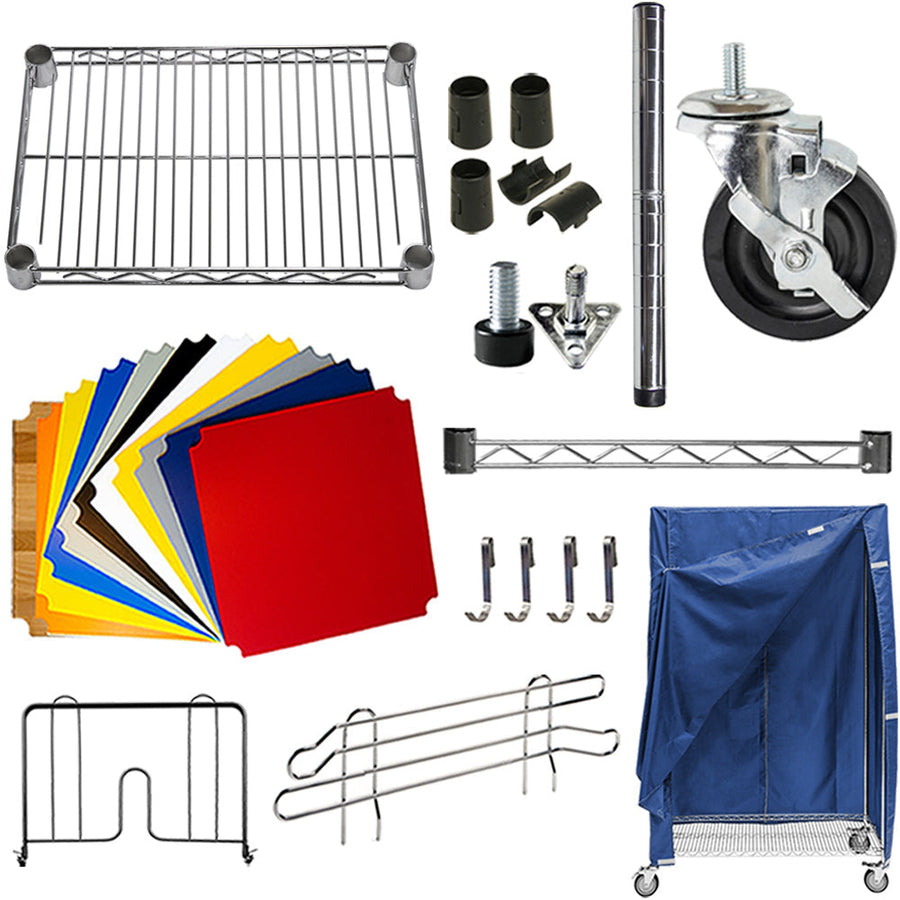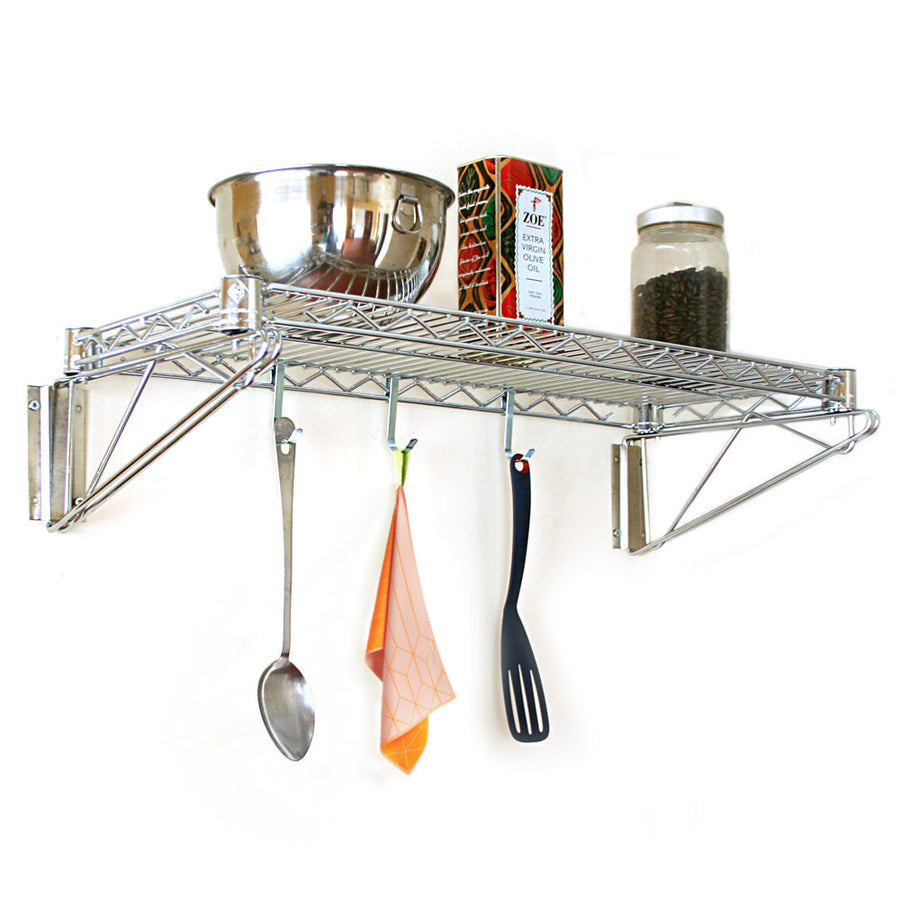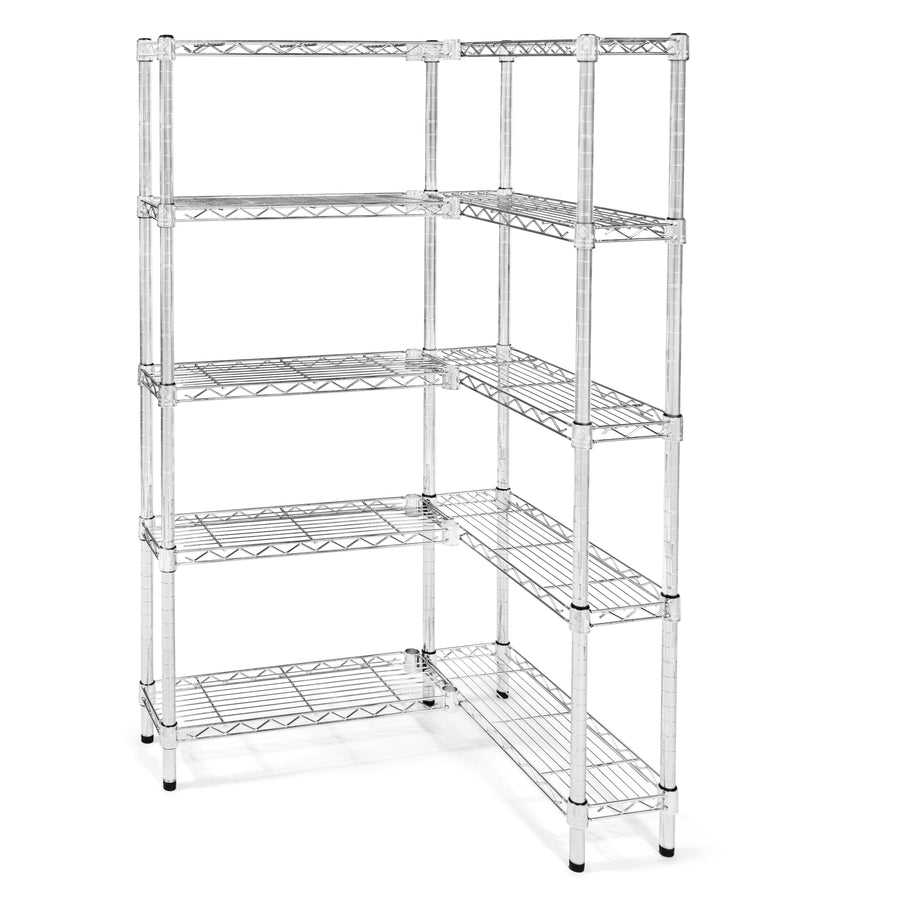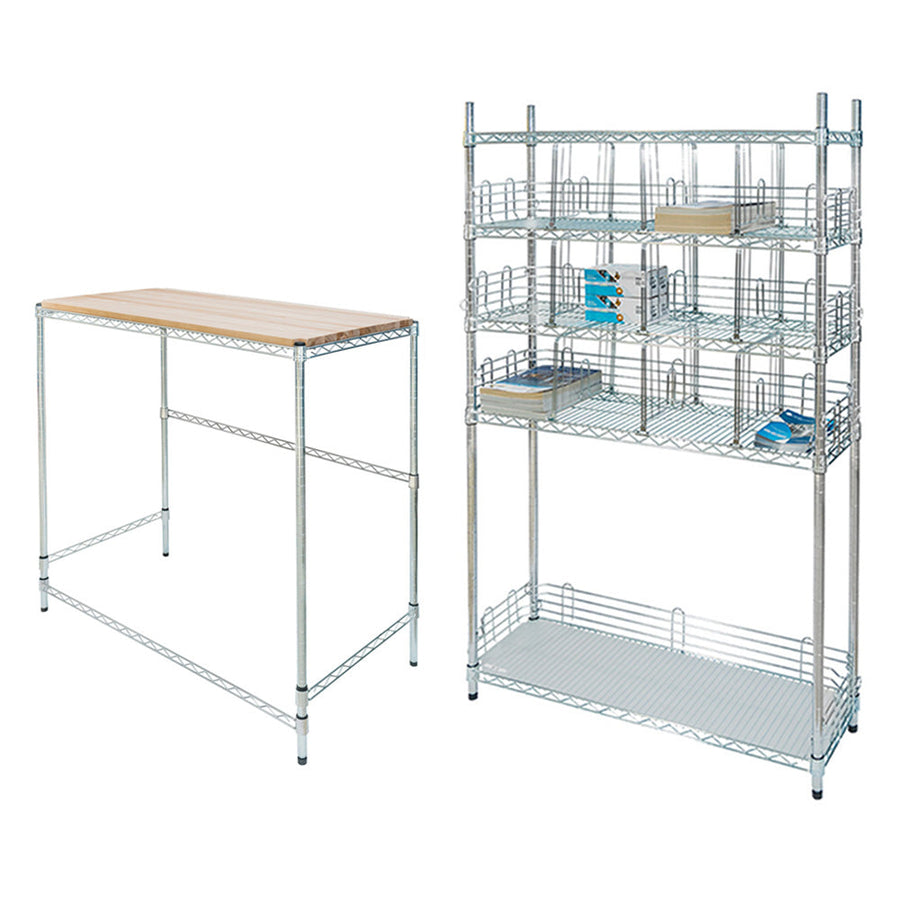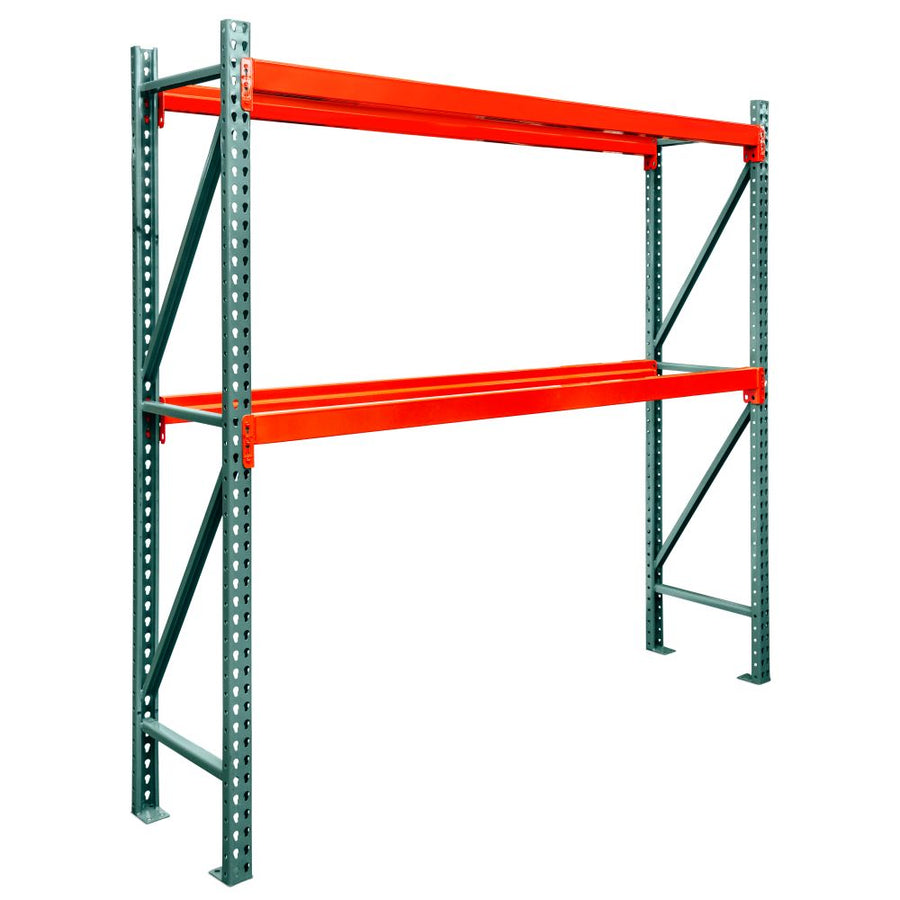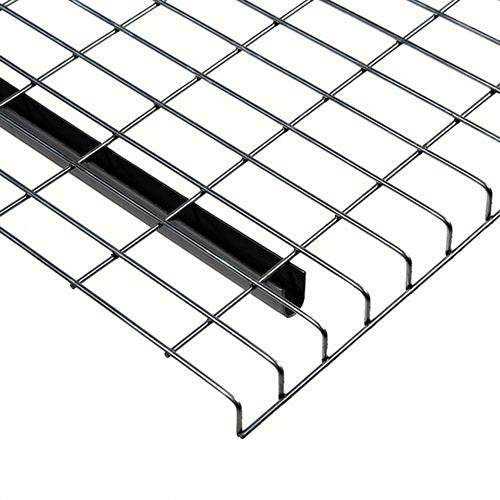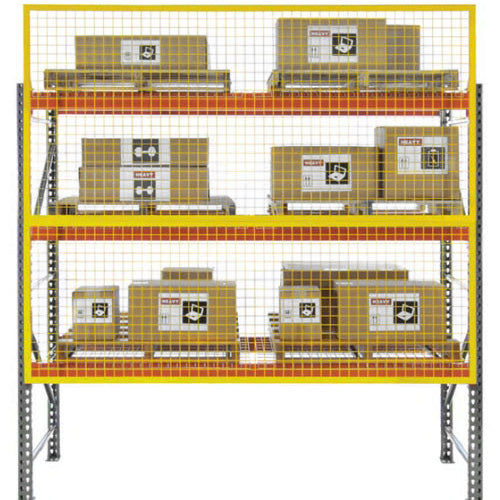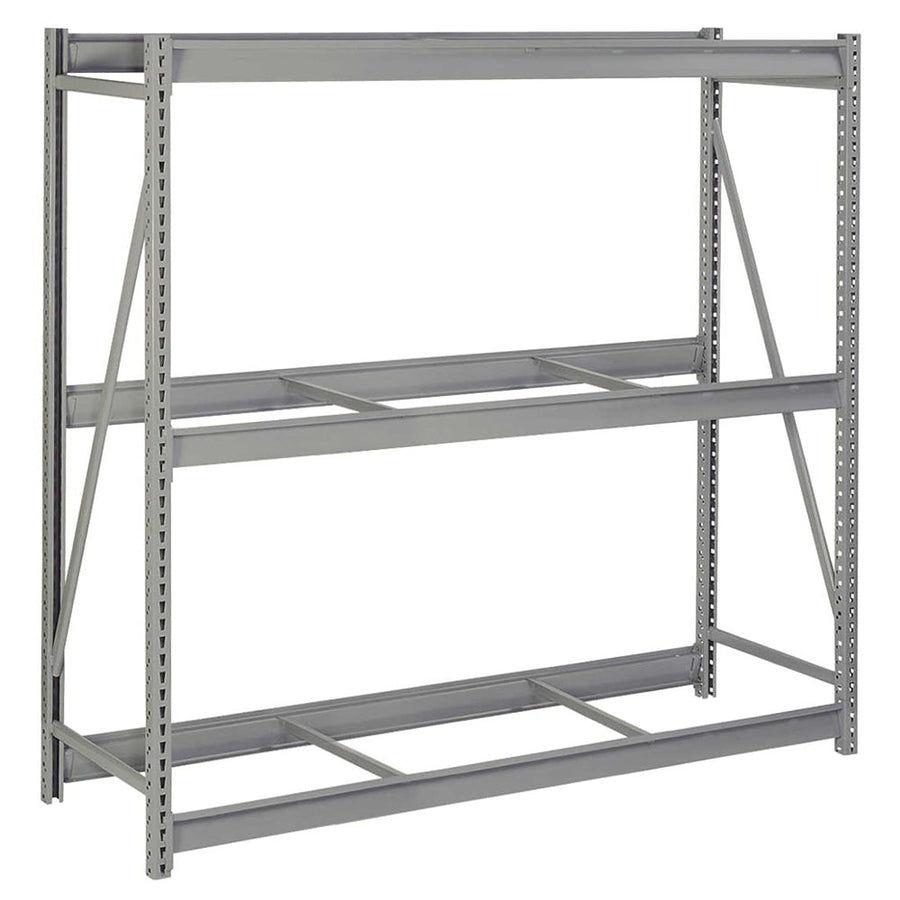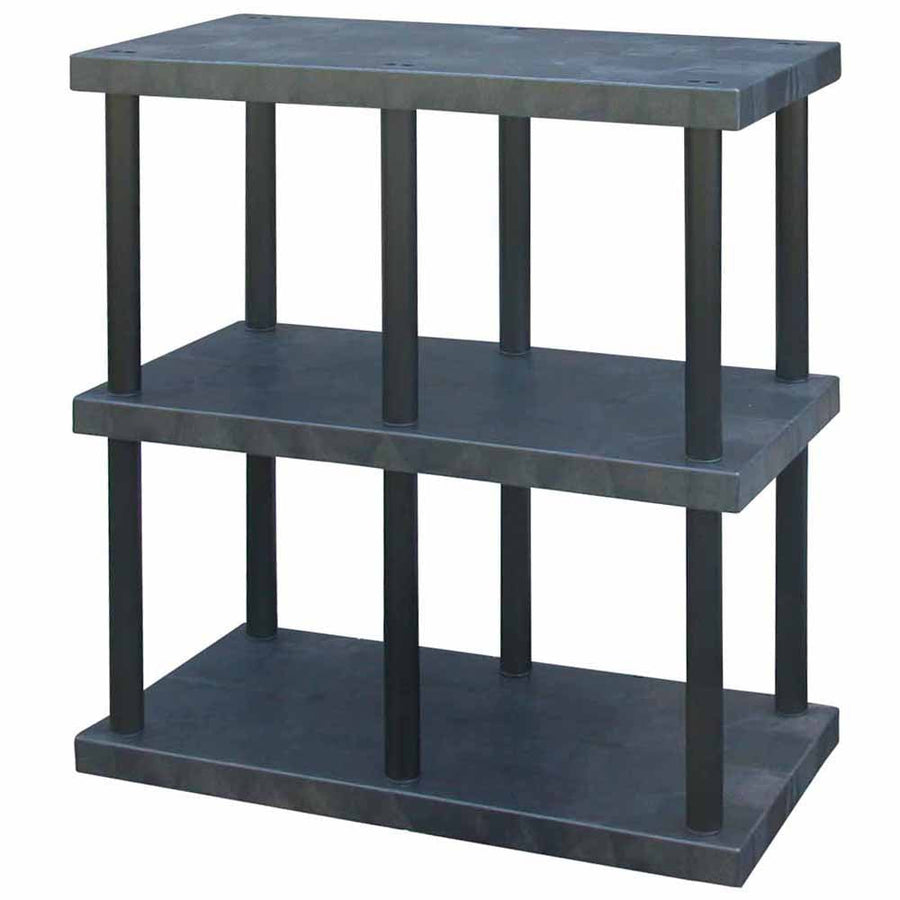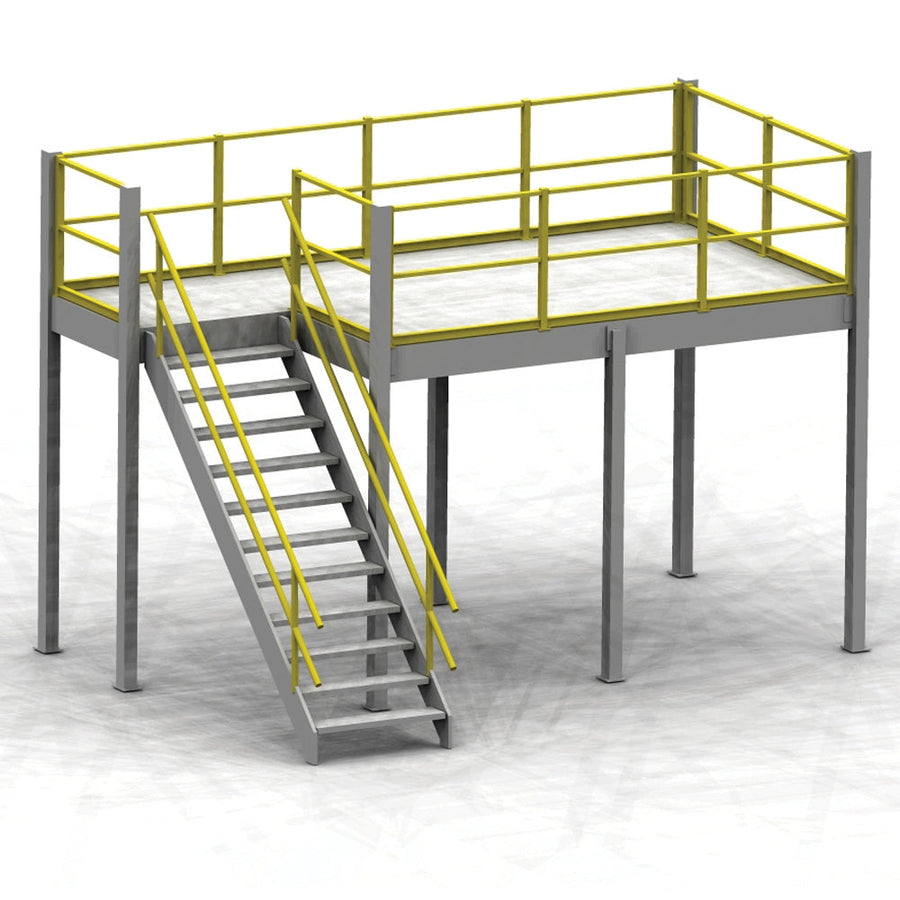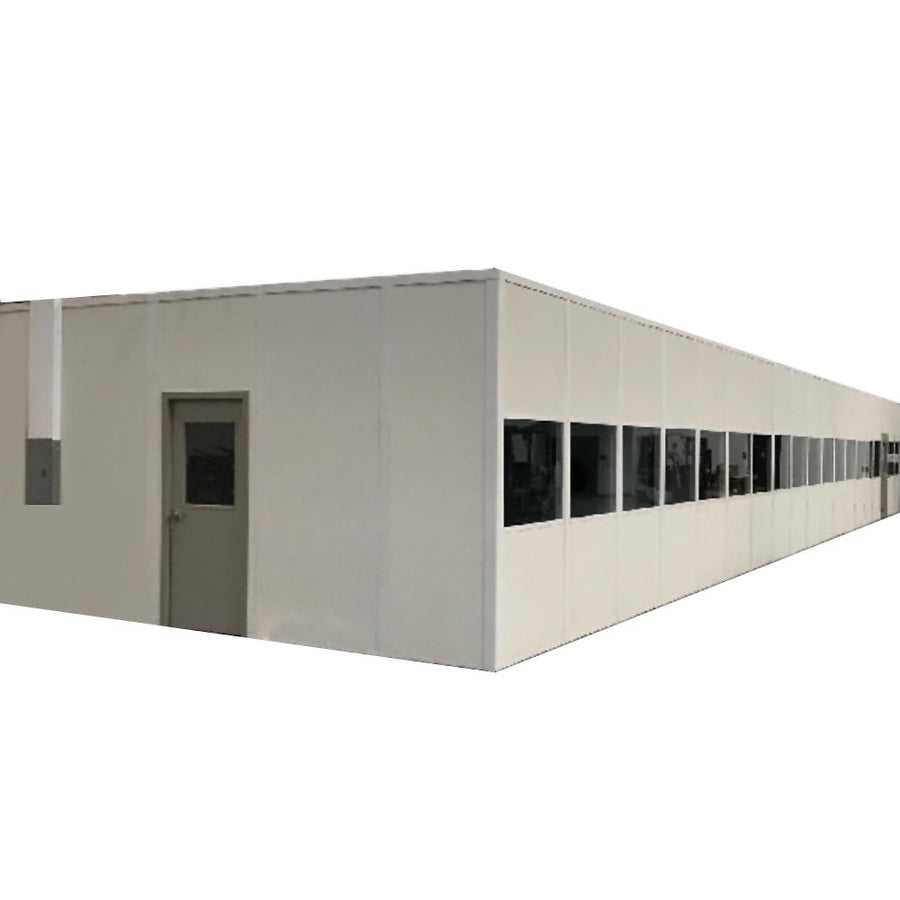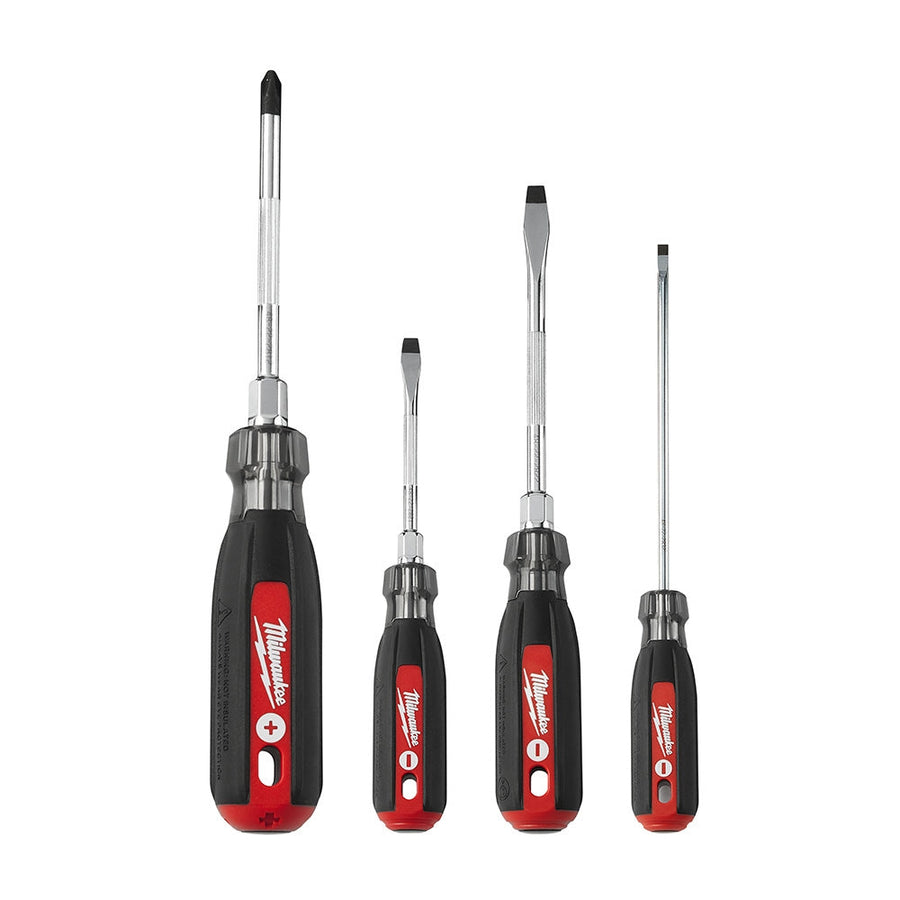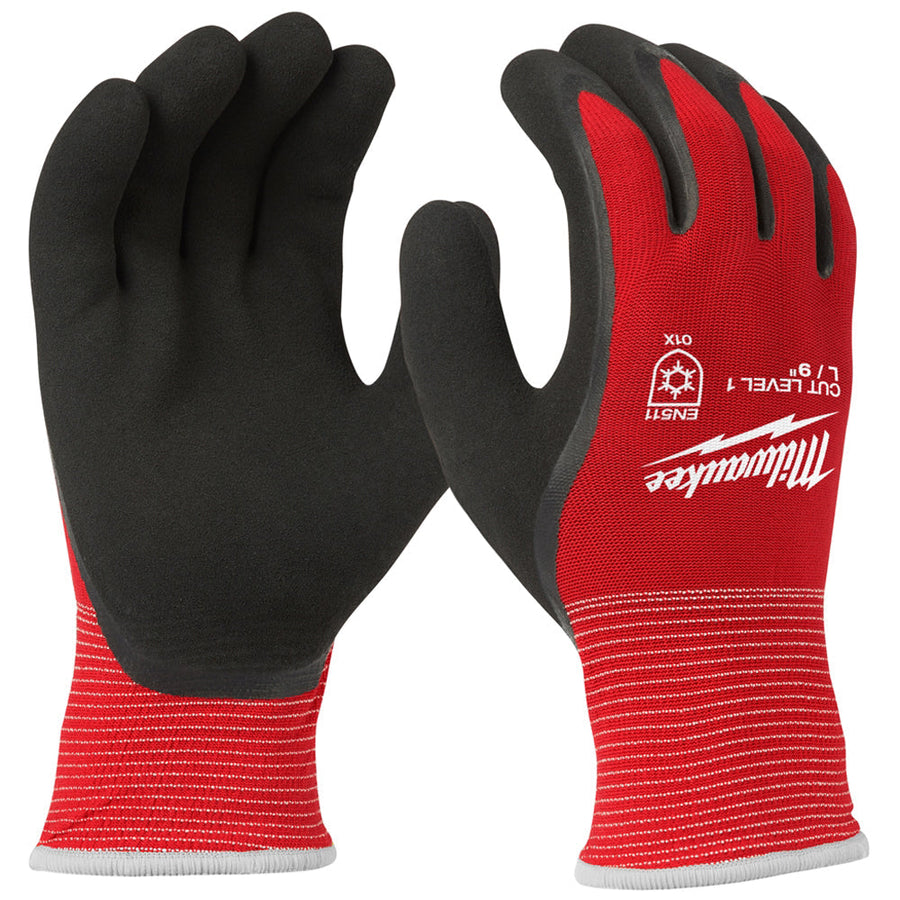Thanks to the rise in popularity of craft brewing and local wineries, more warehouses than ever before are getting into the wine & alcohol storage game.
From kegs of locally produced IPAs to fine oak barrels of whiskey and merlot (not in the same barrel, of course), a lot of alcohol producers have been turning to offsite storage solutions to help keep their excess supply safe and available when needed.
Of course, these products require a lot more temperature control and product safety than dry goods (pardon the pun), and the requirements of storing alcohol might catch you off guard if you’re not used to storing perishables. If you need some advice on storing your wine and alcohol, here’s a few tips to start with:
Be a control freak
By this we mean temperature control, not micro-management. Much like food storage, wine and other alcohols need to be stored at specific temperatures. While these temperature ranges can vary depending on what alcohol you’re storing, 45 to 65 degrees Fahrenheit is recommended for wine, and beer will almost always need to be refrigerated after the brewing process has completed. For temperatures like this you’re going to need some storage that can stand the weather, like walk in cooler shelving or even standard wire shelving that can resist rust and stay intact in colder situations.
Keep an eye on your humidity
One of the most damaging things you can do to wine or other alcohols in storage is to expose it to changing humidity. Air that’s too dry can cause damage to the cork and barrels, air with too much moisture can cause mold and contamination, and it’s a constant struggle to make sure the right conditions are being maintained.There’s a few things you can do to prevent this. The most obvious is to constantly monitor the temperature of your warehouse to keep it regulated through the entire warehouse, not just the area where the alcohol is being stored (as inconsistent temperatures in the same building can lead to humidity buildup). A big contributor to humidity fluctuations is the conditions outside, too - make sure your doors and windows are properly insulated from the outside world, and try to use the fastest doors possible to stop the changing conditions outside from having much impact on your wine stores. (Keeping your wine far away from any large doors or major loading docks is a big help too.)
Use the right lighting
Previously dismissed as the crazy rantings of wine snobs, the effects of UV lighting on wine and alcohol has been demonstrated to have a negative effect on the taste, longevity, and consistency of the alcohol. Make sure your wine is exposed to absolutely no UV lighting, whether from artificial sources or direct sunlight, and use industrial LED lighting as often as possible throughout the warehouse to keep the product as safe as possible.



